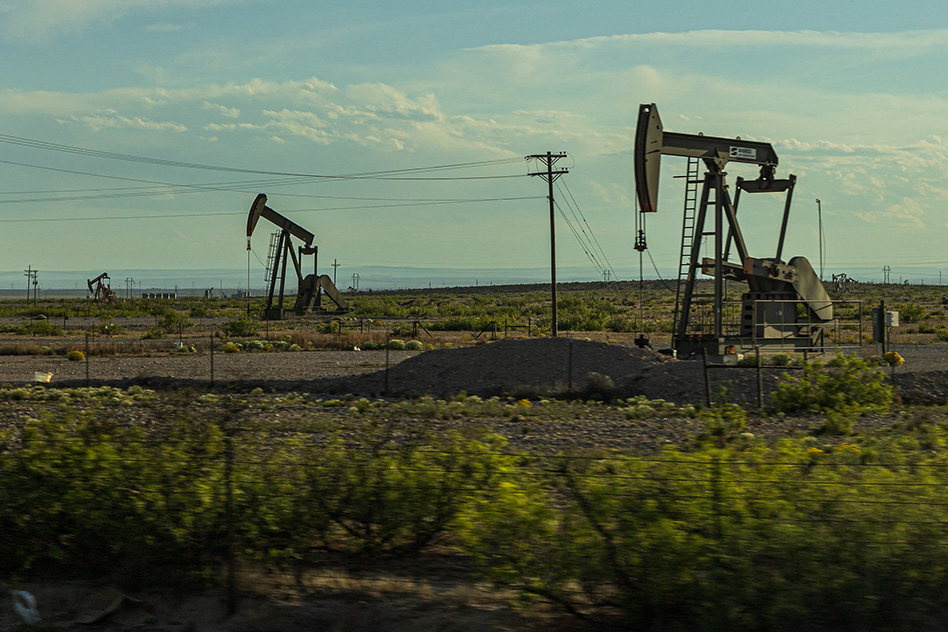
From transportation to farming to home heating to plastics, much of modern life is run on oil. But in April, when demand fell so sharply that the price of oil went negative for the first time in history, many wondered about the future of this ubiquitous commodity.
On May 20, Sergey Paltsev, deputy director of the MIT Joint Program on the Science and Policy of Global Change and a senior research scientist at the MIT Energy Initiative, explored this question in a webinar hosted by Civic Series. In prepared remarks and a subsequent Q&A, he described the international power dynamics of oil, the role of the United States in the global oil market, and near- and long-term projections for oil consumption amid the current Covid-19 pandemic and ongoing climate concerns.
Paltsev showed how oil prices have fluctuated frequently and dramatically since the mid-19th century, from the highs of the U.S. Civil War to the lows of last month. He observed that the world’s top three oil producers—the U.S. (also the largest consumer), Russia and Saudi Arabia—account for less than half of global production. While each of these countries wields significant influence over pricing, so does the Organization of Petroleum Export Countries (OPEC), which produces about 45 percent of global oil, and where Saudi Arabia is the leading participant.
Cheap, plentiful, versatile and energy-dense, oil is here to stay for the foreseeable future, Paltsev maintained. Over the next two decades, pre-pandemic projections indicate that oil consumption will remain essentially the same due to rising demand tied to economic growth. He noted that in the transportation sector, it will be very difficult for alternative power sources such as hydrogen, natural gas or biofuels to outcompete oil economically. Even electric cars, which have emerged as a promising alternative for private transportation, will need to increase in number dramatically to have a significant impact on the global market.
With the emergence of Covid-19, all bets are off when it comes to oil projections, at least for the next decade or two, said Paltsev. For the immediate future, the outlook is pessimistic. The latest U.S. Energy Information Administration projection is that in May 2020 oil production will decrease by about 8 million barrels per day relative to May 2019. Much of this is due to a steep drop-off in the use of planes, trains and automobiles. How quickly oil demand reaches pre-pandemic levels will depend on the progression of the pandemic and its impact on the economy.
Over the longer term, Paltsev envisioned that the main factors driving oil production and consumption levels will likely be climate policy, a transition to low-carbon energy sources, the setting of midcentury net zero emission targets by major oil and gas companies, and geopolitics.
During the Q&A, he provided his take on how quickly the world can transition to a clean energy economy, how to increase investment in alternative energy technologies, the impact of the pandemic on smaller oil and gas companies, the role of government-owned oil and gas companies in the future energy market, the likely future of the global oil supply, and the global role of the U.S. in oil production.
Civic Series hosts free, non-partisan online events designed to help people understand, think for themselves, and have meaningful conversations about critical societal issues. Each event provides participants with ample opportunity to pose questions to featured experts.
Watch the webinar here.
Photo: Oil wells in Carlsbad, New Mexico (Source: Simon Foot)

